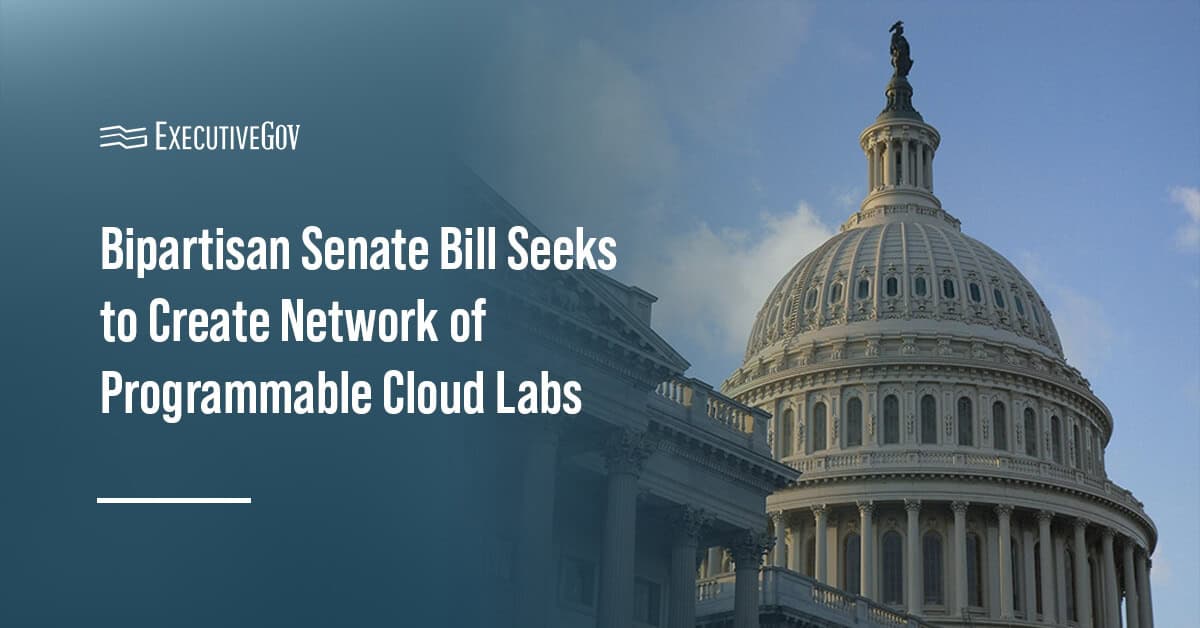
Chris Wlaschin, chief information security officer at the Department of Health and Human Services, has said that HHS works to extract key threat information for industry through the newly established Healthcare Cybersecurity and Communications Integration Center, MeriTalk reported Tuesday.
He told audience at an Institute for Critical Infrastructure Technology event held Tuesday that HCCIC looks to complement intelligence sharing efforts at the Department of Homeland Security’s National Cybersecurity Communications and Integration Center.
“HCCIC is designed to fuse data, share information, and draw conclusions that support cyber preparedness, awareness, and resiliency for the health care sector,” Wlaschin added.
He added that HHS seeks to collaborate with stakeholders to establish a framework to help healthcare organizations address cybersecurity risks.





